Destination: Memphis, Tennessee, USA.
Travelled: May.
After the quiet charm of Natchez, we drove north to the legendary city of Memphis — the next stop on our Southern music cities tour. This vibrant, soulful city is famous for the blues, rock ‘n’ roll, Elvis Presley, and civil rights history. With live music echoing from Beale Street and stories etched into every corner, Memphis didn’t disappoint.
The scenic drive to Memphis
We left Natchez early and took the picturesque Natchez Trace Parkway, a historic route once used by Native Americans and early European settlers. This peaceful stretch of road winds through beautiful, forested landscapes and is a world away from the buzz of the interstate. Just past Jackson, we picked up the I-55 heading north and made our way toward Memphis — a drive of just over five hours.

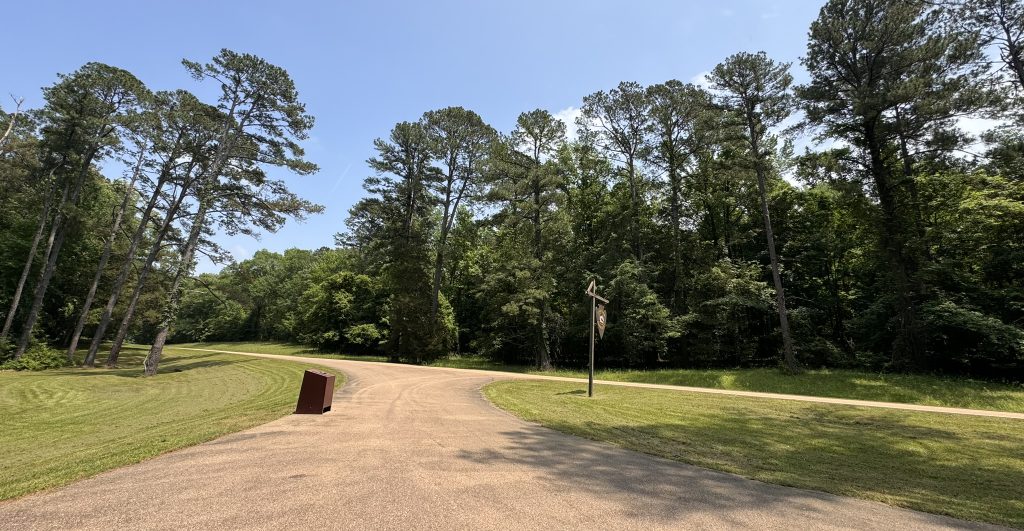
Checking in: the grand Peabody Hotel
Our home in Memphis was the iconic Peabody Hotel, a luxurious and historic hotel located right in the heart of Downtown. This large and elegant hotel is best known for its quirky tradition — the famous Peabody ducks that march through the lobby each day at 11 a.m. and 5 p.m., a tradition dating back to the 1930s. WaxyTip: If you want a good seat for the parade, get there early!
- Opened in 1869, the current building dates to 1925
- Over 460 rooms, richly decorated and classically styled
- Past guests include Elvis Presley, Michael Jordan, and Oprah Winfrey
- Appeared in films like The Firm and 21 Grams
- Don’t miss the rooftop bar for city views and sunsets



Our room was spacious and comfortable, though the public areas were often crowded with curious visitors hoping to glimpse the ducks. Still, its central location made exploring the city easy.
A city steeped in music and civil rights history
Founded in 1819 on the banks of the mighty Mississippi River, Memphis has long held a symbolic place in American history. Once a booming cotton and trade hub, the city became a melting pot of cultures and rhythms. Its pivotal location made it a key player in both the American Civil War and the civil rights movement, while its streets echoed with the sounds of blues, soul, and rock ‘n’ roll. The city’s legacy is deeply tied to its African American heritage, with Beale Street becoming one of the most influential musical avenues in the world. From hardship and struggle came creativity, and unforgettable music — today, Memphis continues to honour and build upon that history.
Beale Street blues and our first night out



On our first evening, we made our way to Beale Street, the beating heart of Memphis nightlife and a magnet for music lovers. Lined with neon signs, clubs, and restaurants, Beale Street is where legends like B.B. King and Louis Armstrong once played — and where the music still flows every night.
We kicked off the night at BB King’s Blues Club, where a fantastic live band played blues classics and took audience requests with energy and soul. Drinks and food were decent and mid-priced. Afterwards, we strolled Beale Street, soaking in the atmosphere, watching street performers, and popping into a few other bars.
All hail the King: our day at Graceland

The next morning, after a solid hotel breakfast (good coffee and healthy options), we drove over to Graceland — the home of Elvis Presley and a pilgrimage site for music fans from around the world.
Graceland isn’t just a house; it’s an entire Elvis experience, more theme park than museum. Everything runs like clockwork: timed entry, shuttles, audio tours, and an impressive campus of exhibits.
Here’s what we explored:
- The mansion itself — surprisingly modest in size, but full of Elvis’s personality (those peacock stained glass doors!)
- Elvis’s car collection — from Cadillacs to motorcycles
- Stagewear and personal items — glittering jumpsuits, gold records, and personal mementos
- Elvis’s private plane, the Lisa Marie — decked out in gold seatbelts and blue suede upholstery
We easily spent five hours at Graceland. Whether you’re a hardcore fan or just curious about his legacy, it’s an experience not to be missed.






👉 For more, check out our dedicated Graceland blog with extra photos and details from our visit. Click here
Following in Elvis’s footsteps: Sun Studio
The following morning, we took a leisurely stroll down to Sun Studio, where Elvis recorded his very first tracks. We’d pre-booked tickets for the guided tour — a must for music lovers. Founded by Sam Phillips in 1950, this unassuming studio became a cradle of rock ‘n’ roll, launching the careers of not only Elvis, but Johnny Cash, Jerry Lee Lewis, Carl Perkins, and countless others who shaped modern music. Our guided tour took us through:
- The original recording space, still used today
- Stories about the famous “Million Dollar Quartet” jam session
- Memorabilia and vintage instruments
- The exact microphone Elvis used to record “That’s All Right”
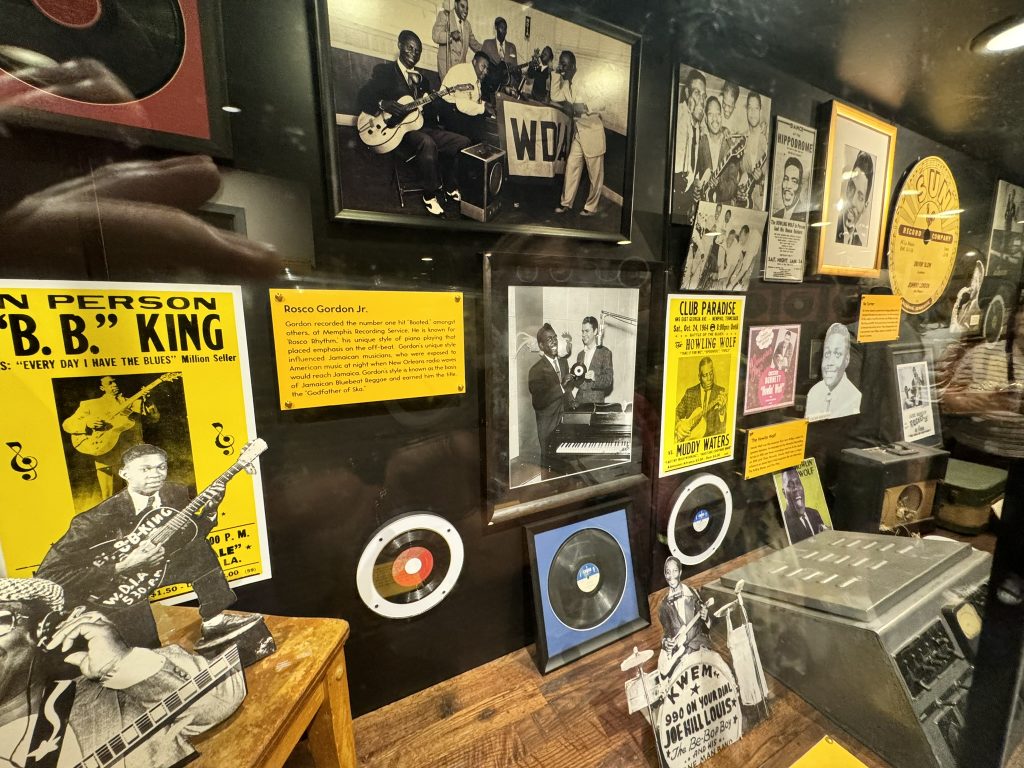
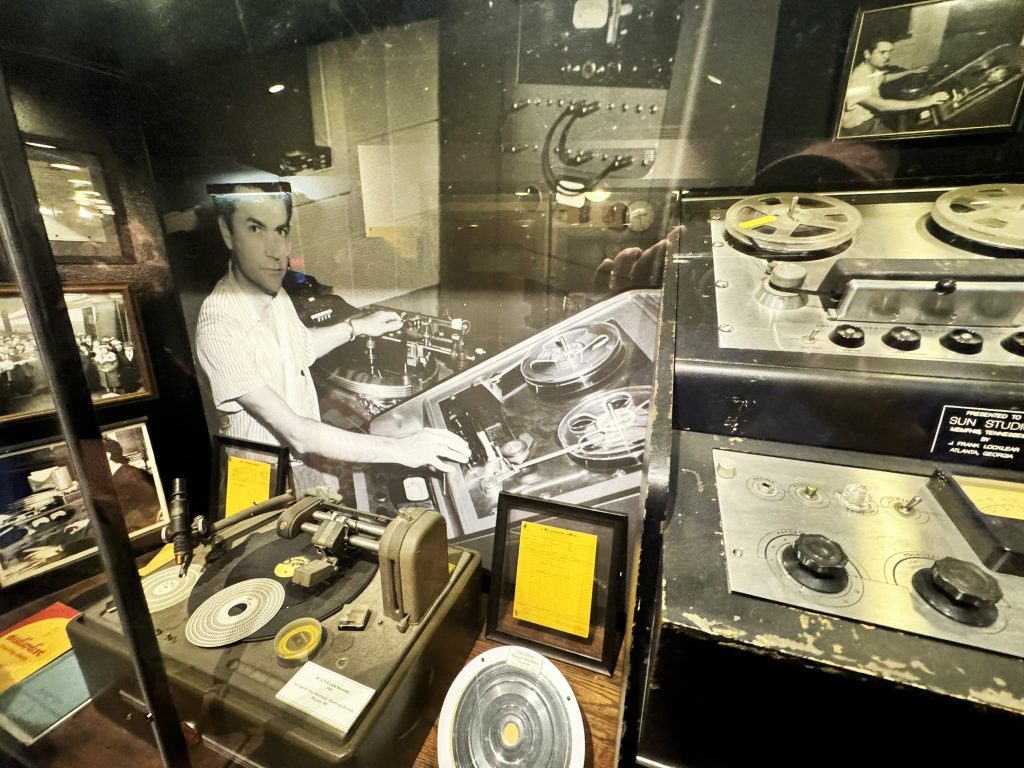
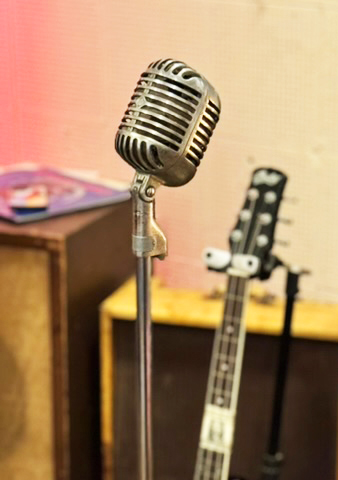


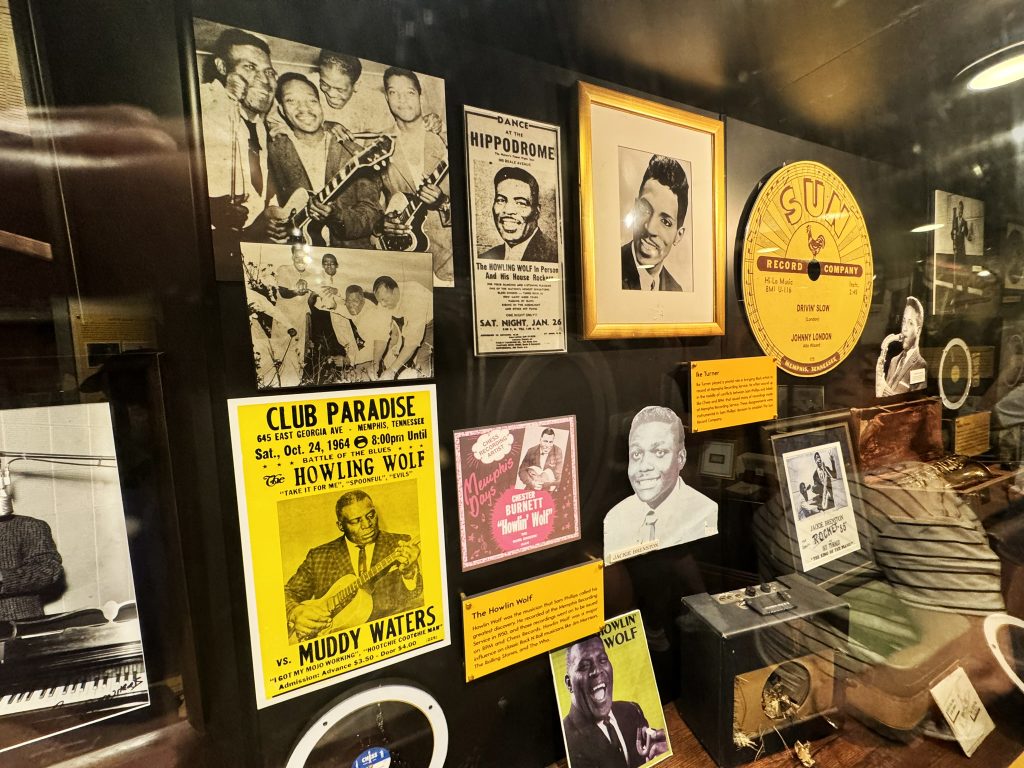
There’s a great energy to the place — it’s intimate, historic, and full of soul. The tour takes about an hour, and we highly recommend booking ahead.
A sobering moment: the Lorraine Motel and Civil Rights Museum
One of the most powerful parts of our Memphis trip was our visit to the National Civil Rights Museum, located at the former Lorraine Motel, where Dr. Martin Luther King Jr. was assassinated on April 4, 1968.
The museum is extensive, informative, and moving. It traces the story of slavery, segregation, and the fight for equality in America, with exhibits that are both educational and emotional. These include Dr. King’s preserved hotel room and standing where history changed forever.
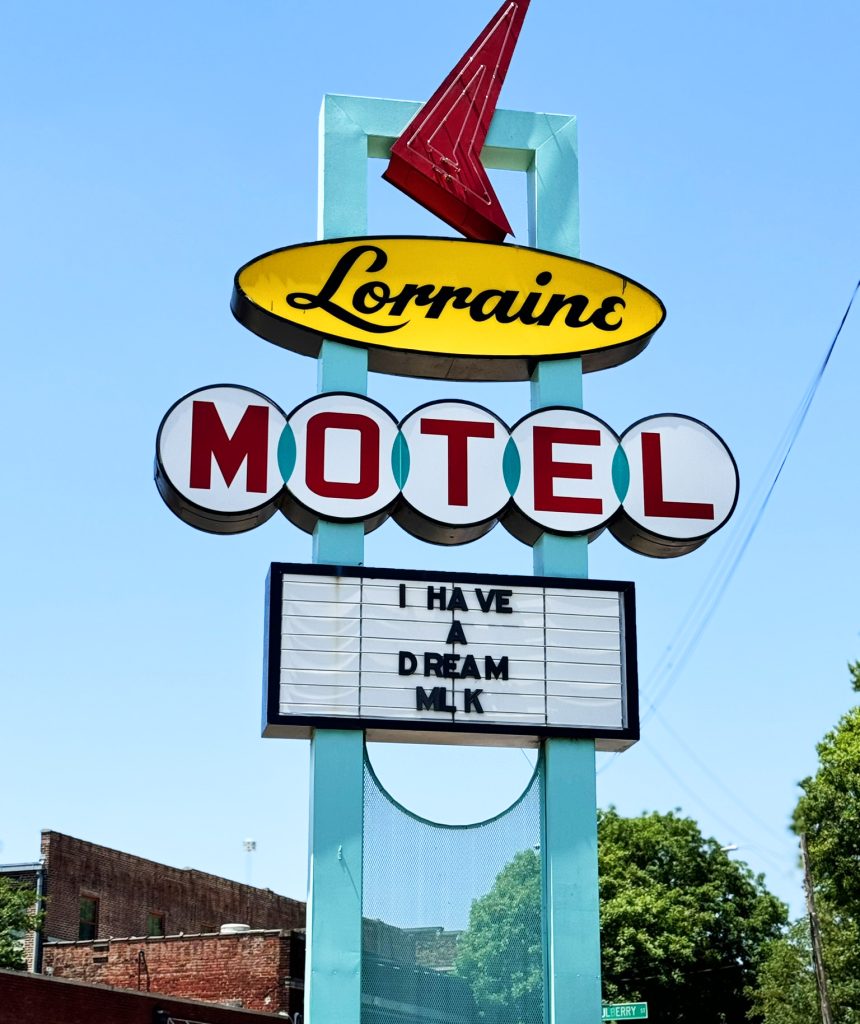

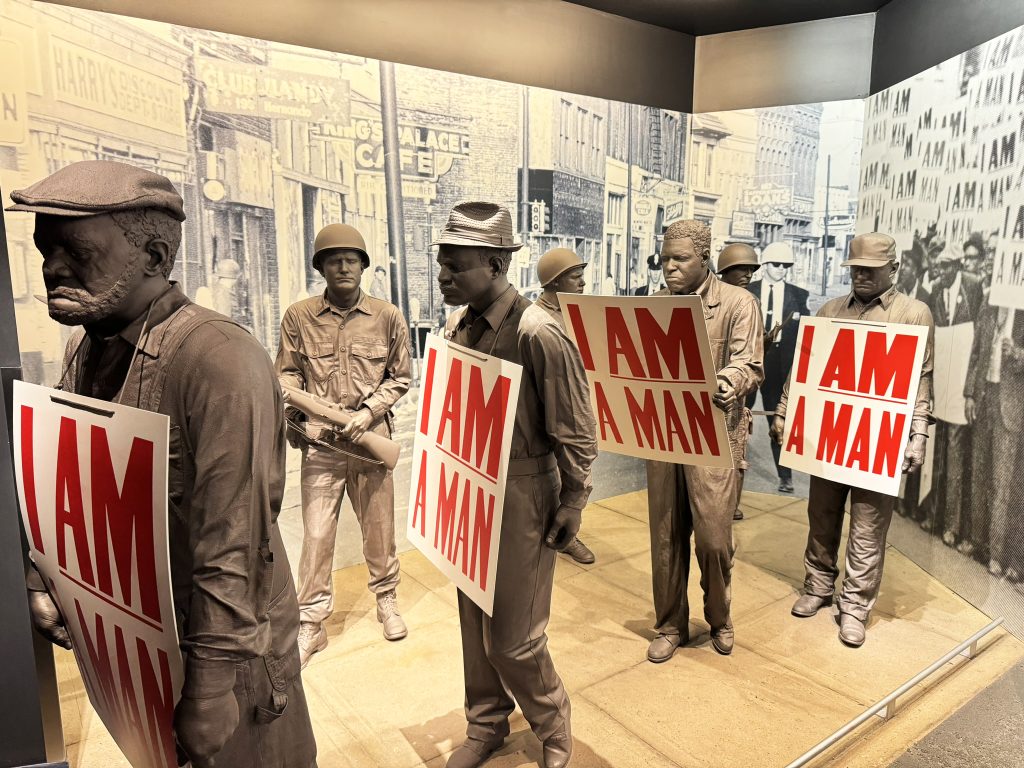
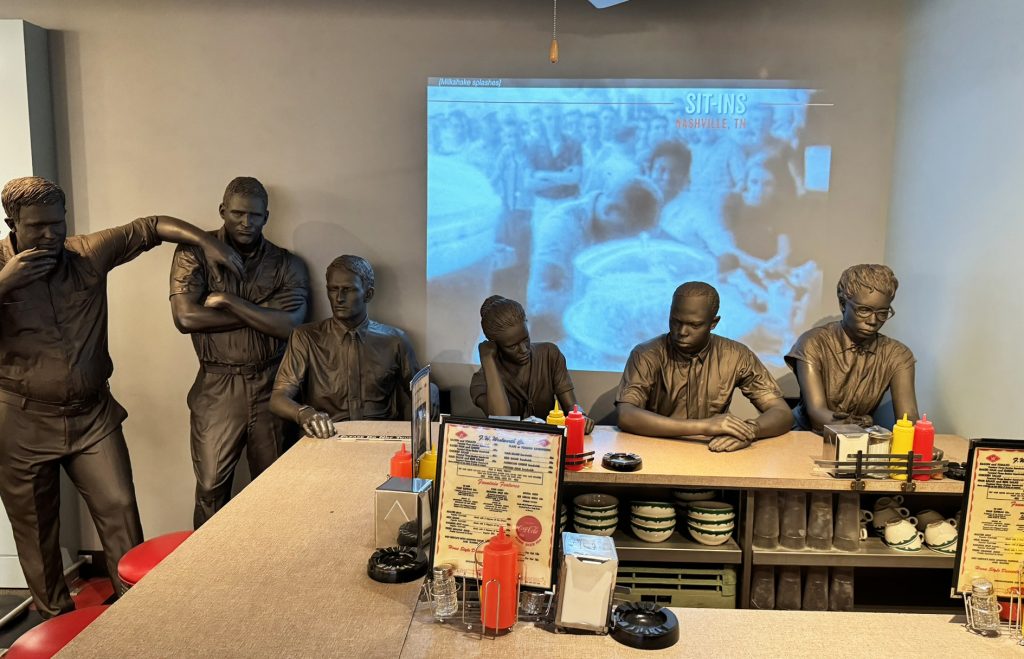
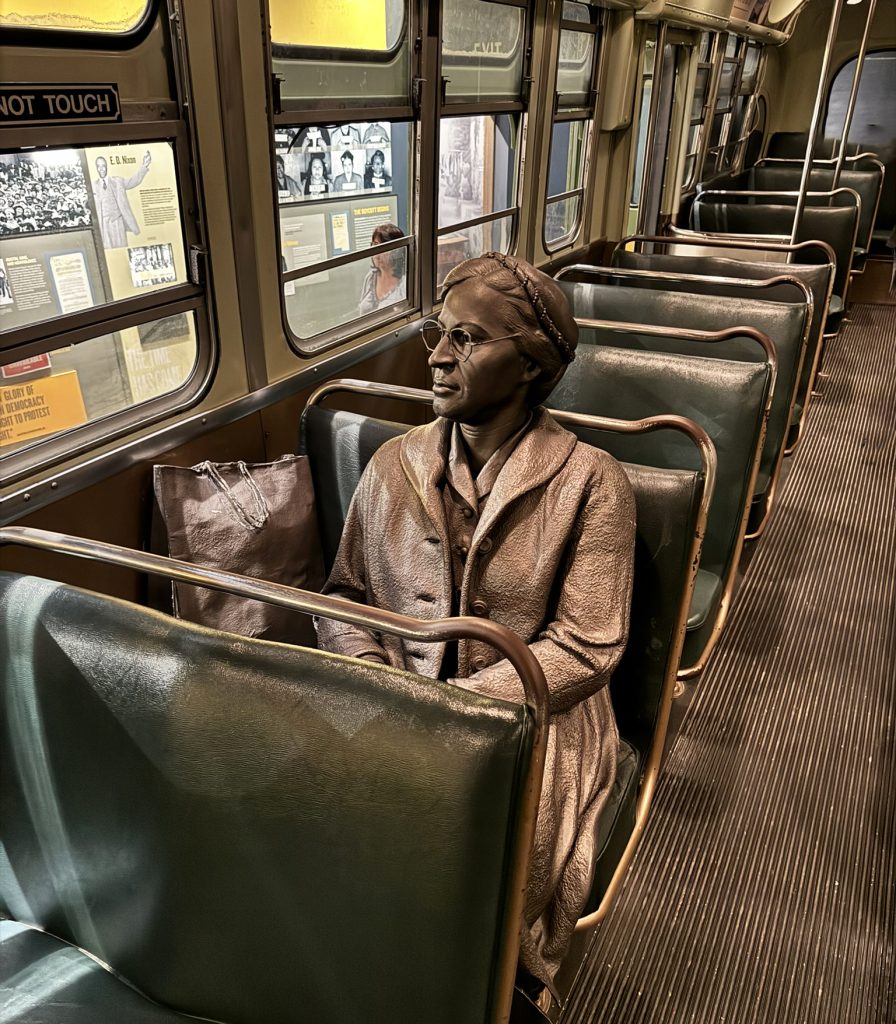
Cruising the Mississippi

Afterwards, we walked down to the river to board a paddle-steamer cruise on the Mighty Mississippi. The boat offered a relaxed journey along the waterfront, with a narrated tour covering the river’s role in Memphis history, its trading legacy, and connections to the blues. A great way to rest your feet and get a new perspective on the city.



Soul sounds at the Stax Museum

Our final full day in Memphis included a visit to the Stax Museum of American Soul Music, a little further out from downtown but well worth the trip.
Built on the original site of Stax Records, the museum celebrates artists like Otis Redding, Isaac Hayes, Carla Thomas, and Booker T. & the M.G.’s. The exhibits are immersive and beautifully curated, taking you on a journey through the birth and growth of soul music.

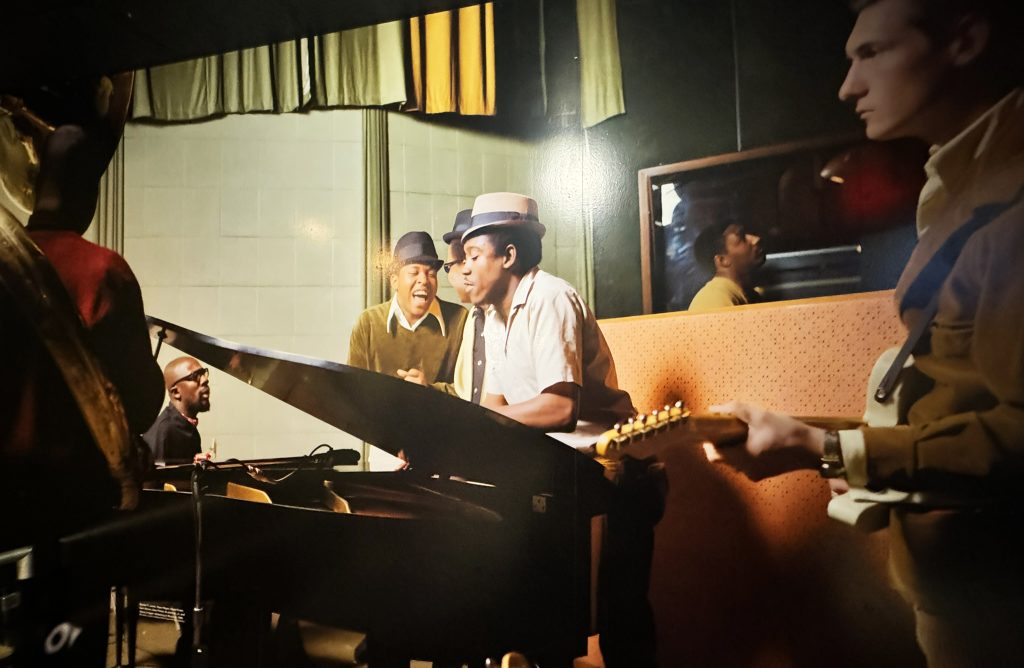
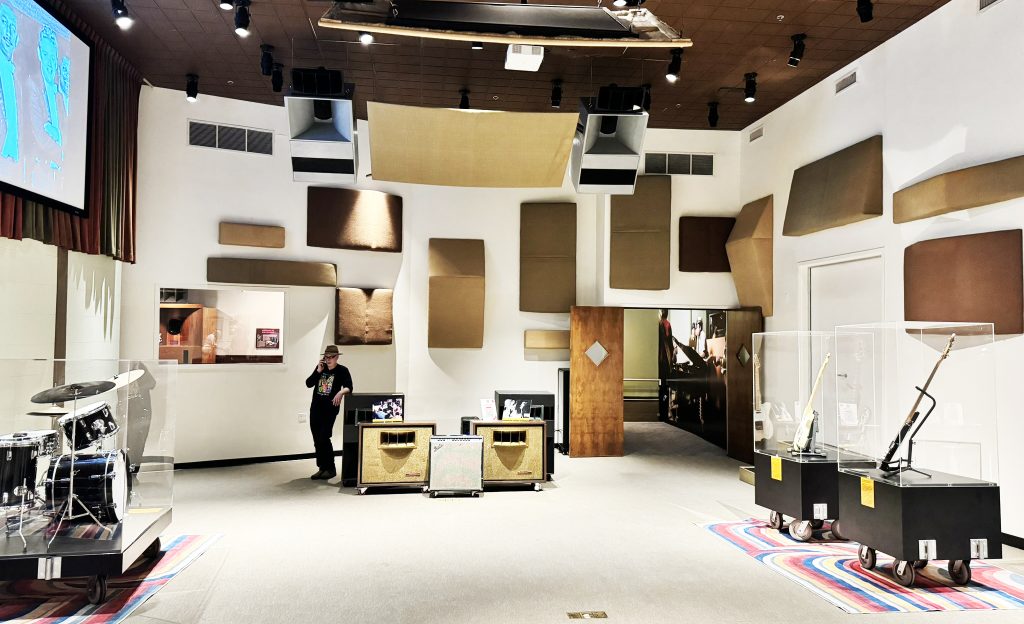
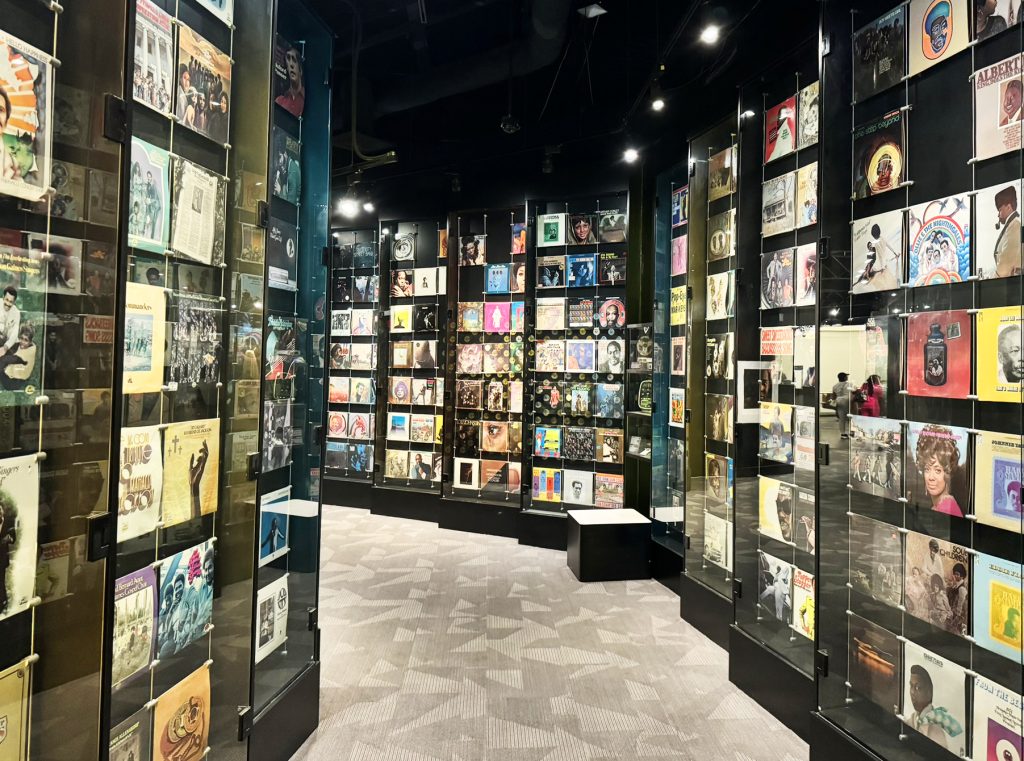
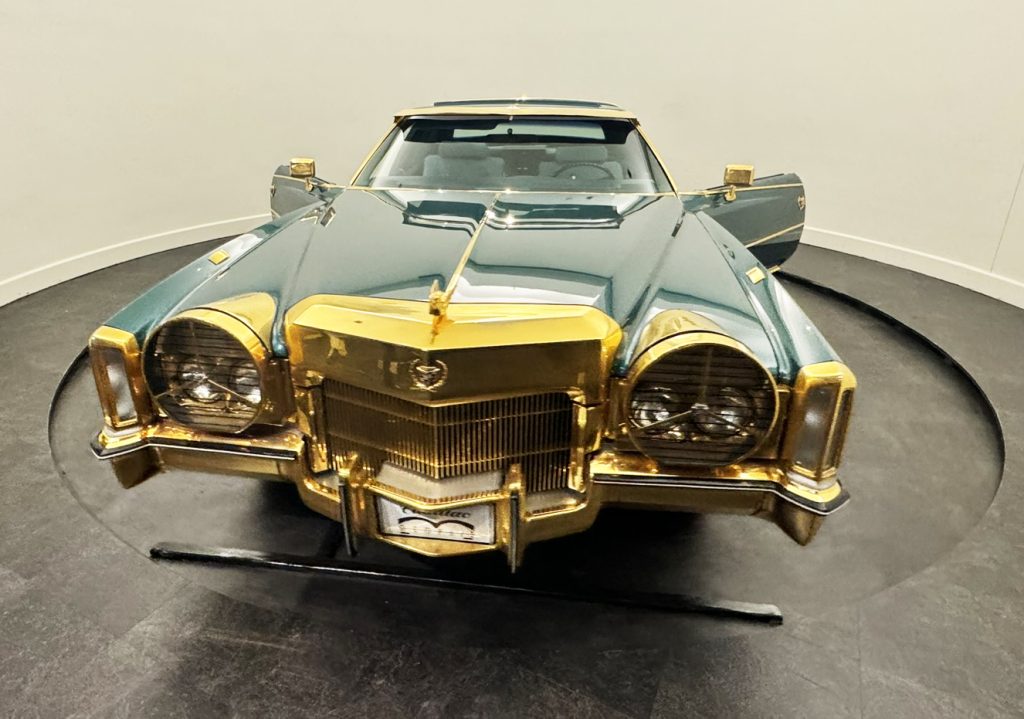

Highlights included:
- Recreated 1906 Mississippi Delta church
- Isaac Hayes’ custom Cadillac (with shag carpeting!)
- A music room with instruments to play
- Rare footage and behind-the-scenes stories
The gift shop is excellent too — we couldn’t resist a few retro t-shirts!
Eating and drinking in Memphis
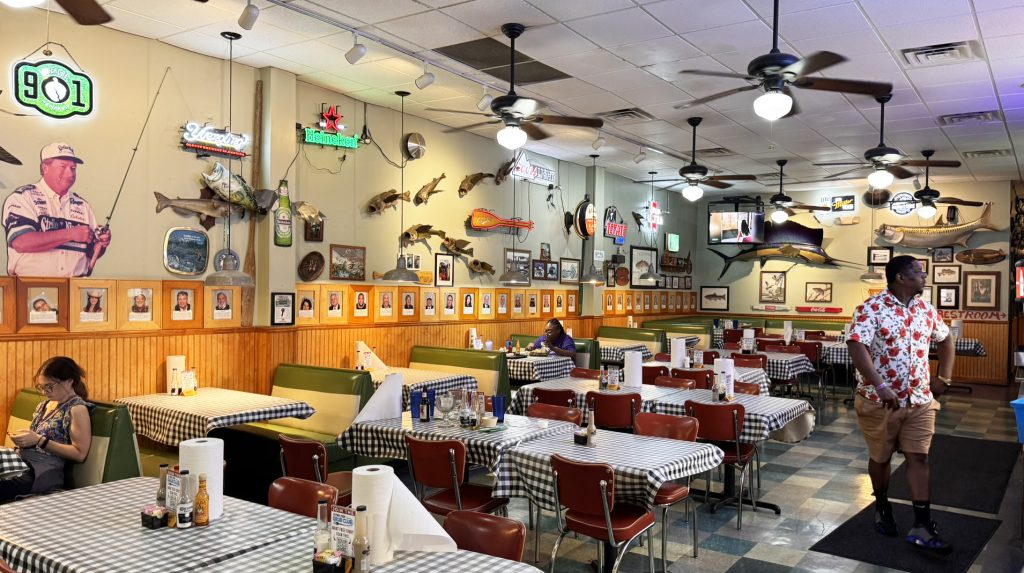
While Memphis didn’t quite match New Orleans for food variety, there were still a few gems we’d happily recommend:
Majestic Grille – A former cinema turned restaurant with an art deco vibe. The menu was solid, the cocktails tasty, though the setting outshone the cuisine.
Flying Fish – Right opposite the Peabody. Quirky, casual, and fast. Great for freshly fried fish with fries at low cost.
Other options we heard good things about (but didn’t try): Gus’s World-Famous Fried Chicken, Central BBQ, and the Beauty Shop restaurant in Midtown.
Final thoughts on Memphis
Memphis was a city of contrasts: lively and reflective, gritty and grand. It brought us closer to the roots of American music, gave us powerful insight into civil rights history, and wrapped it all in the rhythm of the blues.
It was the perfect second stop on our Southern music cities tour — next up: Nashville!
